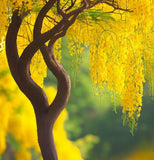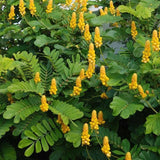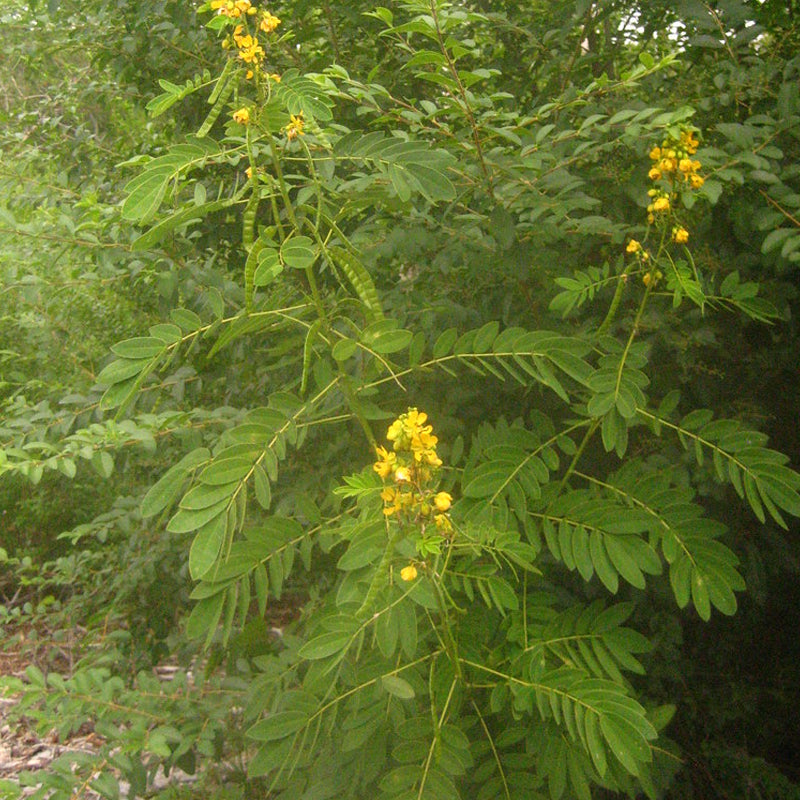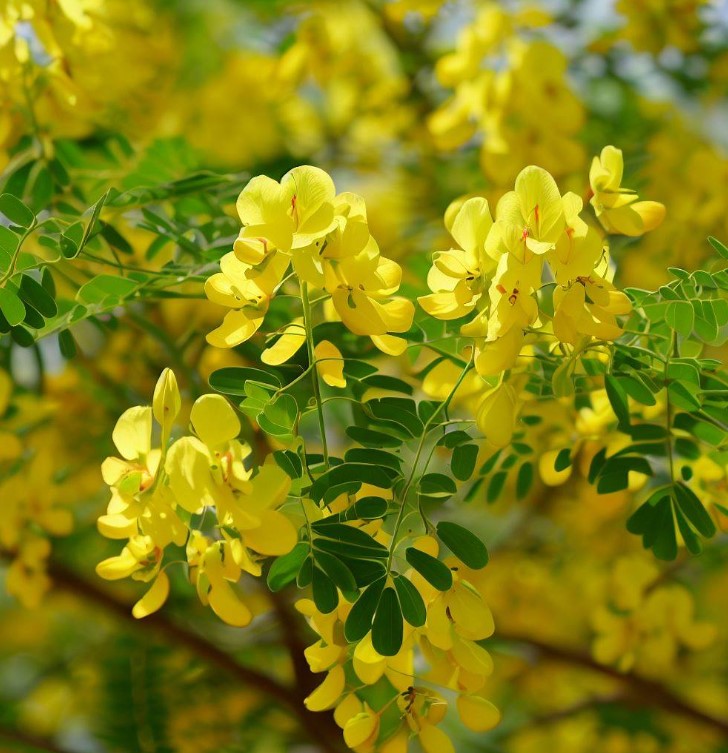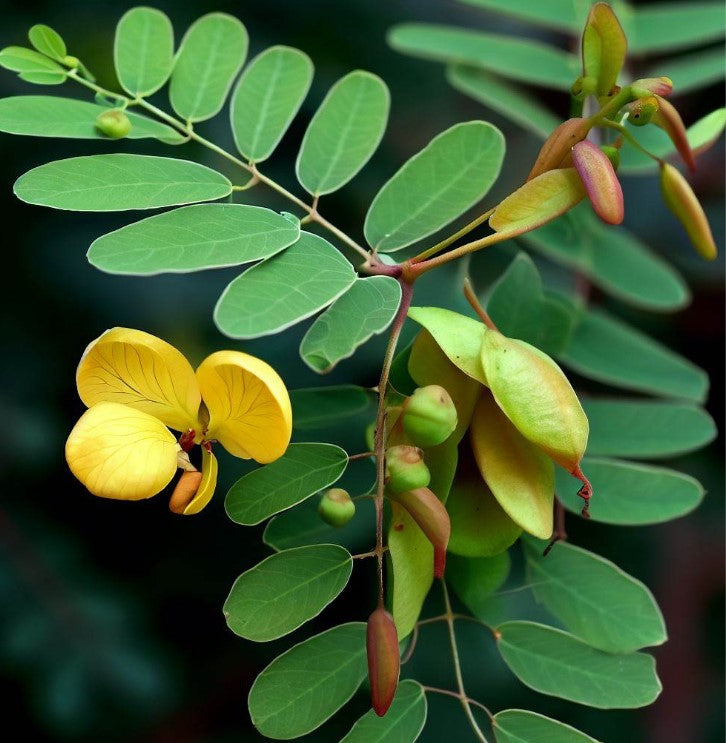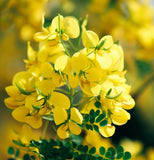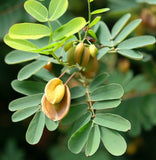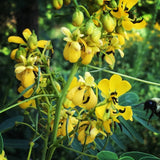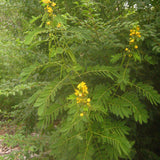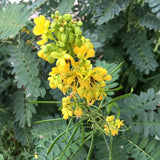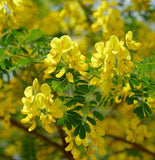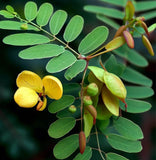Cassia (Senna) marilandica (Wild Senna)
Cassia (Senna) marilandica (Wild Senna) is a flowering perennial plant native to eastern North America. While it is not a tree, Wild Senna is a notable plant species. Wild Senna is a herbaceous plant that grows to a height of 3 to 6 feet (0.9 to 1.8 meters). It has a sturdy, upright stem with pinnately compound leaves. The leaves are composed of multiple leaflets that are elongated and lance-shaped. The foliage is typically a dark green color.
Flowers: Wild Senna produces bright yellow flowers in the late summer or early fall. The flowers are borne on long, upright racemes and have a distinctive shape. They consist of five petals, with the upper petal forming a "hood" and the lower petal elongated into a "keel." The flowers attract pollinators, such as bees and butterflies, with their vibrant color and nectar.
Fruits: Following the flowering period, Wild Senna develops seed pods. These pods are elongated, cylindrical, and green when young, turning dark brown or black as they mature. Each pod contains multiple seeds.
Habitat and Range: Wild Senna is found in various habitats, including open woods, meadows, and prairies. It is native to eastern North America, ranging from southern Canada down to Florida and west to Texas. It prefers well-drained soils and can tolerate a range of soil types.
Ecological Importance: Wild Senna is an important plant for native pollinators, as the flowers provide a source of nectar and pollen. The plant also serves as a host for the larvae of certain butterfly species, such as the Cloudless Sulphur butterfly.
Medicinal Uses: Historically, some Native American tribes used Wild Senna for medicinal purposes. The plant contains compounds known as sennosides, which have laxative properties. However, it is important to note that the use of Wild Senna for medicinal purposes should be done under the guidance of a healthcare professional.
Cultivation: Wild Senna can be grown in home gardens and naturalistic landscapes. It prefers full sun to partial shade and well-drained soil. The plant is relatively low-maintenance and does not require extensive care once established.
Botanical Name : Cassia marilandica
Common Name : Wild Senna
Height : 4- 6 ft
Spread : 4 ft
Germination Info : Seed requires a scarification prior to sowing to break down the hard seed coat .
Hardiness zone : 5-9
Average seed per ounce : Approx. 1,300

